Table of Contents
Pet Relocation – Pet Travel And Airline Policies
Going on a trip with your pet is rewarding as it brings so much joy not only to yourself but also to your furry friend. But it can also be a daunting experience, especially if it’s your first time. While there are many ways to get to your desired place, air traveling may be the quickest choice you have.
If you plan to travel with your pet through the airplane, it is imperative to choose an airline that accommodates animals until arriving at the destination. Once you have found the right company, you need to know their rules and regulations when flying with pets.
Do you have to bring documents when traveling with pets? Does the airline have restrictions or have banned certain animal breeds? Does it permit your pet to be with you in the cabin? Does it only transport pets through the cargo hold? These are some of the questions to keep in mind when flying with your animal companion. Read on to find out about pet travel, traveling with dogs, traveling with cats, pet passport, pets travel, pet vaccinations, the required pet travel documents, banned breeds of dogs and cats from flying.
Required Pet Travel Documents
Traveling by plane is not without identification cards and documents. If we need to present IDs and passports upon check-in, then it goes the same way for our pets. Besides a pet passport, there are other certifications that you need to secure for your furry friend.
First, you need to know the age of your pet. According to the International Air Transport Association (IATA), pets can travel via planes when they are, at least, two months or eight weeks old and are able to feed by themselves. For international travels, many companies only allow pets to get on their planes if they have reached 15 weeks old prior the booked flight.
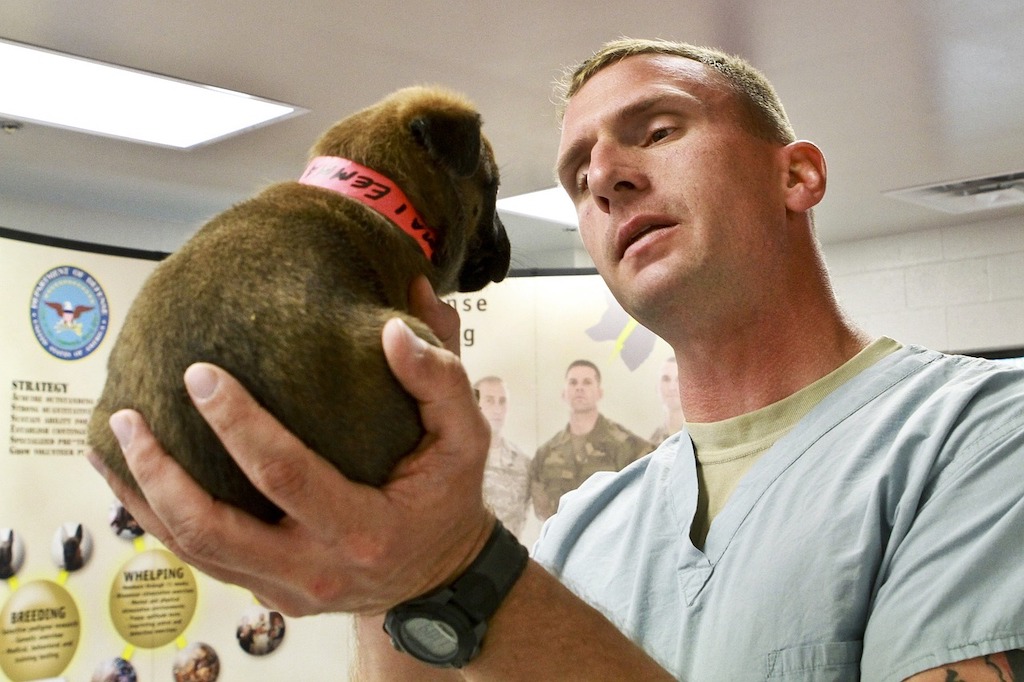
Second, you have to visit your vet’s clinic where you’ll get a veterinary certificate or a health certification for your pet. This document is necessary for both domestic and international flights. Aside from that, attaching your pet’s inoculation record with the vet certificate already meets the requirements that most airlines and immigration officers would ask.
But you need to check if your chosen airline and the country you’re traveling to have other requirements. Oftentimes, airline companies and countries have different requisites, so it is best to be aware of them weeks before your scheduled flight.
Second, if you’re traveling to a rabies-free country (e.g New Zealand, Sweden, the UK among others), your pet should undergo blood tests to avoid getting quarantined upon your arrival. In addition, your vet may prescribe medicines that protect your pet from fleas and ticks if you’re going outdoors or to forested places. For more information on the travel documents, you can check here.
Modes Of Pet Air Travels
Every airline is different from the other, so you should expect that the policies in boarding pets also vary. It is best to inquire about this through your chosen airline’s website or a phone call. But in most cases, there are three ways to transport pets via commercial flights; it’s either in the cabin, as checked baggage, or in the cargo hold. What are their differences?
Cabin

In simple terms, boarding in the cabin allows you to bring your pet inside the passenger area. The rule only applies if a pet flies with an adult passenger, and it stays inside the required (IATA-compliant) airline pet carrier, comfortably stowed under the passenger seat. However, not all airlines permit this type of plane accommodation as there is a maximum weight limit; a combined weight of the pet and the carrier. Always make sure that you know this information by contacting your chosen airline.
Checked Baggage
If your pet can’t be accommodated in the cabin because it’s too big or weighs over the weight limit, then the second option is checked baggage. Don’t worry as your furry friend is still on the same flight as you, but it stays in the plane’s cargo hold. Most airlines charge it as excess baggage, so you have to pay an additional fee for your pet.
Cargo
Also called as manifest cargo, this option is ideal if your chosen airline simply does not allow pets. It is also available for very large animals that weigh 70 pounds or around 30 kilograms. The main difference is that your animal companion won’t stay on the same plane as you; it will be on a separate flight, either on a different aircraft of the same airline or an affiliated company. And just like checked baggage, you will pay an additional yet more expensive fee.
Special Case And A 4th Option
There are instances when pets get boarded in the cabin regardless of their weight and size. The only condition is that the pet is a registered service animal or an emotional support animal. It accompanies a disabled passenger or someone who has professionally diagnosed with psychological afflictions. If you’re under this category, you have to make sure that your pet is good-tempered and well-behaved during the whole flight.

The fourth option is, perhaps, the most expensive way of flying your pet. If you’re abundant with financial resources, then you can save yourself from the inconvenience of commercial flights by transporting your furry friend in a private jet. There are companies that can arrange a private flight for you and your pet. Both of you can stay in the cabin and not worry about disturbing anyone. Sounds an awesome idea, right? But it’s going to cost you a lot.
Banned Pet Breeds
After knowing the typical air traveling policies, this is another important thing you need to know. Due to a number of reported animal deaths aboard commercial flights, many airlines have banned brachycephalic breeds. This type of animals has flat faces and snub noses, which make it difficult for them to breathe in stressful situations like getting on a plane. If pets can’t breathe, then they can die before reaching the destination.
Is your little pooch or feline friend one of the banned pets? For your guidance, and to prevent you from making unnecessary bookings, here are some of the restricted pet breeds (including mixed breeds):
Dogs
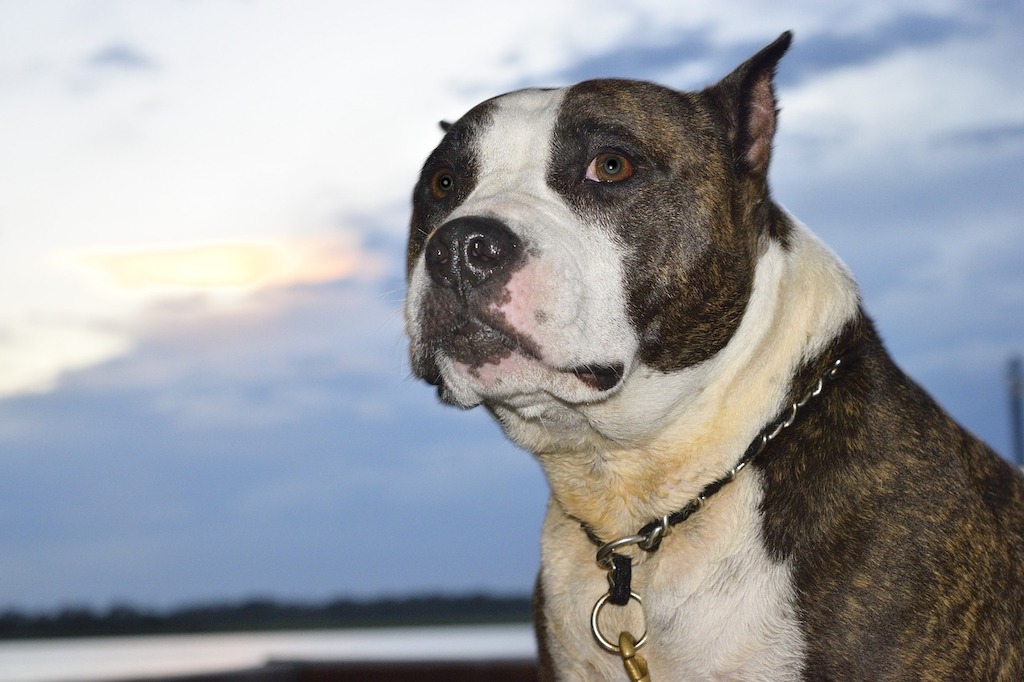
Affenpinscher, American Bully, American Pit Bull Terrier/Pit Bull, American Staffordshire Terrier, Belgian Malinois, Boston Terrier, Boxer, Brussels Griffon, Bulldog, Cavalier King Charles Spaniel

Chow Chow, English Toy Spaniel/Prince Charles Spaniel, Japanese Chin/Japanese Spaniel, Lhasa Apso, Mastiff, Pekingese, Pug, Shar-Pei/Chinese Shar-Pei, Shih-Tzu, Staffordshire Bull Terrier, Tibetan Spaniel
Cats

Burmese, Himalayan, Persian.
We hope you loved the pet travel tips and are all set and raring to set off on your travels with your pet. Would you like to share any of your experiences while travelling with your pet? Do share your thoughts through our comments section.
Do You Love Traveling?
Do you want to know how to travel the world? We have put together a very useful travel resources page with best travel tips. Go check it out now.
Thanks for visiting our site Voyager – imvoyager.com and taking the time to read this post!
If you wish to collaborate/work with us then reach us at [email protected]
We’d love if you’d comment by sharing your thoughts on this post and share this post on social media and with your friends.
[shareaholic app=”share_buttons” id=”27413782″]
Follow our journey on our social media channels:
Facebook Twitter Instagram Pinterest G+ YouTube

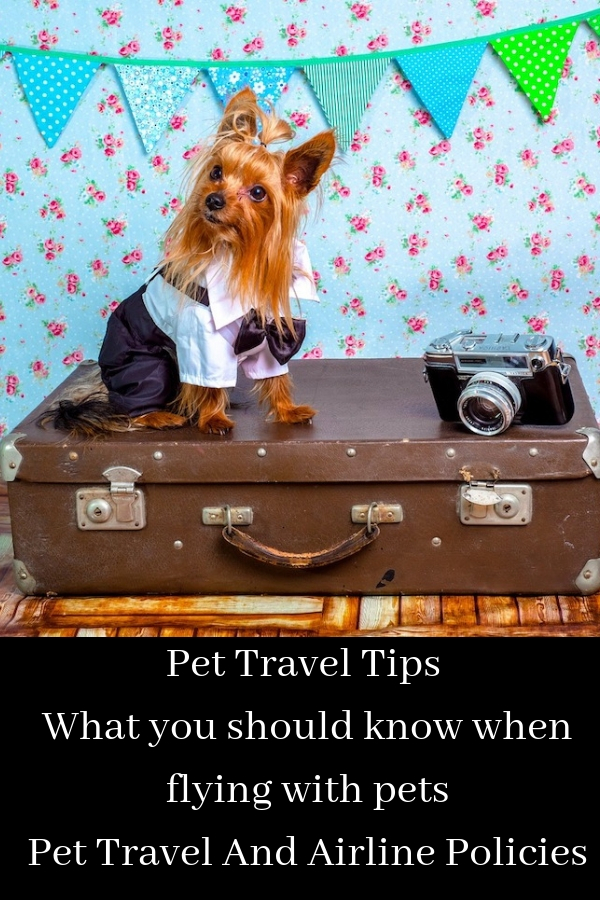




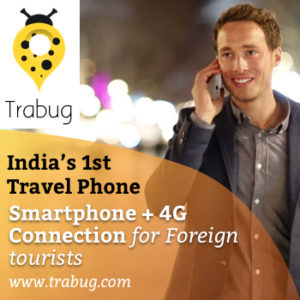
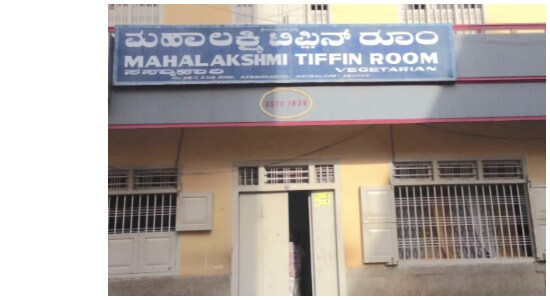

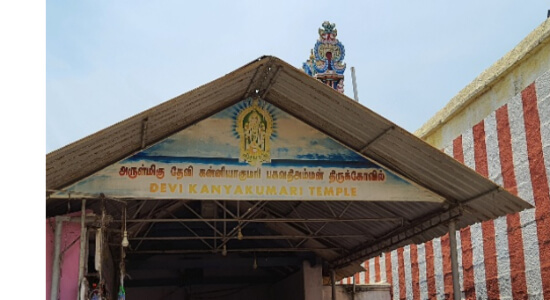
Totally agree with this. As a pet parent, it is a must that we prepare our pet’s travel documents before relocating such as vaccination records and vet certificate. It is also important to check which airline to choose and how they handle live animals.
I’ve never traveled with a pet and admittedly I’d be scared to. I’ve heard so many sad stories of pets dying on flights. Thanks for compiling all this info!
We brought our cat and dog from Laos to Portugal. Bit stressful getting all the correct paperwork. Bringing pets from South East Asia into Europe needs a minimum of four months to organise, but it’s worth it. Lufthansa is a great airline for flying with pets.
I never got a dog because of my travel habits! This is super useful for the future since I’m hoping to adopt a golden retriever or a husky soon!
Wow! Did not realise there was so much involved in transporting pets around. This is a great guide. Will certainly pass this on to our friends with animals!
This is a great resource for per parents and covers all the grounds. Personally although I don’t have pet, i enjoyed reading and getting the new information. I didn’t even know about pet passports. The age restriction must be for the safety of these animals
I had to transport 2 cats from Miami, Florida (USA) to another part of the country in the summer time. In addition to all of the paperwork, it’s important to really monitor the temperature. The airlines will only take animals in cargo up to a certain temperature for their safety so best to make sure the weather is cooler.
I don’t have pets so all this was news to me. Wow! There is so much involved and so interesting at the same time. I live in Australia so our quarantine laws are perhaps the strictest in the world. Not sure if it made news where you are but when Johnny Depp brought his 2 dogs into Australia on his private jet, all hell broke loose! We are talking jail time. For him to get away scot free he had to make an apology on National TV and tell people what they can and can’t do.
That is a lot of planning involved in taking a pet on a trip! We never traveled with our pets and I could see going on a car trip (with its own limitations). But I’ve seen lots of pets on flights, both those that looked totally cool with it and those that were petrified. You really do need to know your pet!